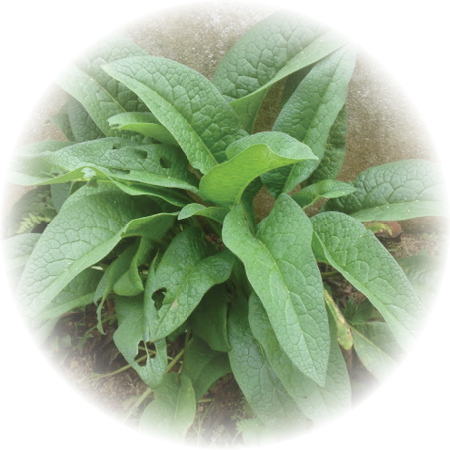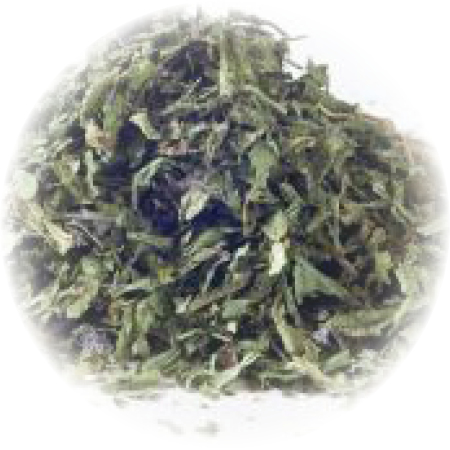Comfrey Leaf (Symphytum officinale) – Dried Herb, Organic
$14.10 – $141.00
A member of the Borage or Boraginaceae family, Comfrey’s relatives include both Borage and Heliotrope. The Symphytum genus contains about 35 species, all of which can be used interchangeably, although pyrrolizidine alkaloid content varies between species and are highest in Russian Comfrey and Prickly Comfrey. Three plant species in the genus Symphytum are relevant to the crop known as Wild or Common Comfrey, and is native to England and extends throughout most of Europe into Central Asia and Western Siberia. Comfrey has large, rough, hairy and lance-shaped leaves with whitish, pink or purple flower spikes that have a slight heliotrope like curl typical of this family. Comfrey’s original name, Knitbone, derives from the external use of poultices of its leaves and roots to heal burns, sprains, swelling and bruises.
Comfrey Leaf has been used since Roman times, dating back thousands of years. In Japan, the plant has been harvested and used as a traditional treatment for over 2000 years. This herb has been utilized in folk medicine throughout Europe and North America and has been widely cultivated since about 400 BC as a healing herb.
The word comfrey, derived from the Latin word for “grow together”, reflects the early uses of this plant. Greeks and Romans used Comfrey to stop heavy bleeding, treat bronchial problems, and heal wounds and broken bones. Poultices were made for external wounds and tea was consumed for internal ailments.
Wild Comfrey was brought to America by English immigrants for medicinal uses. The allantoin content of this herb, especially in the root, has resulted in its use in folk medicine for healing. Wounds, sores, broken bones, swollen tissue and burns seemed to heal faster when allantoin was applied due to a possible increase in number of white blood cells. Comfrey has been reported to promote healthy skin with its mucilage content that moisturizes and soothes, while the allantoin promotes cell proliferation.
While both Comfrey Leaf and Root are well known for their mucilage content and associated demulcent action, the Leaf is higher in tannins, giving it astringent and anti-inflammatory properties. It also contains calcium, vitamin B12, iron and silica, It is one of the rare herbs that process Vitamin B12 out of the soil.
There is much debate surrounding the safety of Comfrey due to various parts and preparations containing potentially toxic alkaloids. It is important to understand that the part used, species, and time of harvest all come in to play when determining the safety of this herb. A large body of traditional use supports its safety and efficacy if used intelligently and cautiously.
Properties:
The energetics and taste of Comfrey Leaf are sweet, bitter, astringent and cooling. Comfrey Leaf has an affinity towards the respiratory system, digestive system, musculoskeletal system, skin, blood and nervous system. For a perineal bath or infused oil or salve combine Comfrey with Calendula, Plantain or Lavender. For a nasal steam you can combine Comfrey with Eucalyptus Leaf, Thyme or Fennel seed.
How to use:
Use Comfrey leaf topically as a poultice, fomentation, infused oil, salve, steam or bath.
Cautions & contraindications:
Not for internal use. Do not apply to broken or abraded skin. Comfrey is only suggested for healthy individuals who have no history of liver disease or liver function issues, are not taking medications that reduce liver function, and are not pregnant or nursing.
This information is for educational purposes only and is not intended to diagnose, treat or cure any disease or illness. Please consult your health care provider prior to the use of this product if you are pregnant, nursing, taking medications or have a medical condition. Individual results may vary.



Reviews
There are no reviews yet.